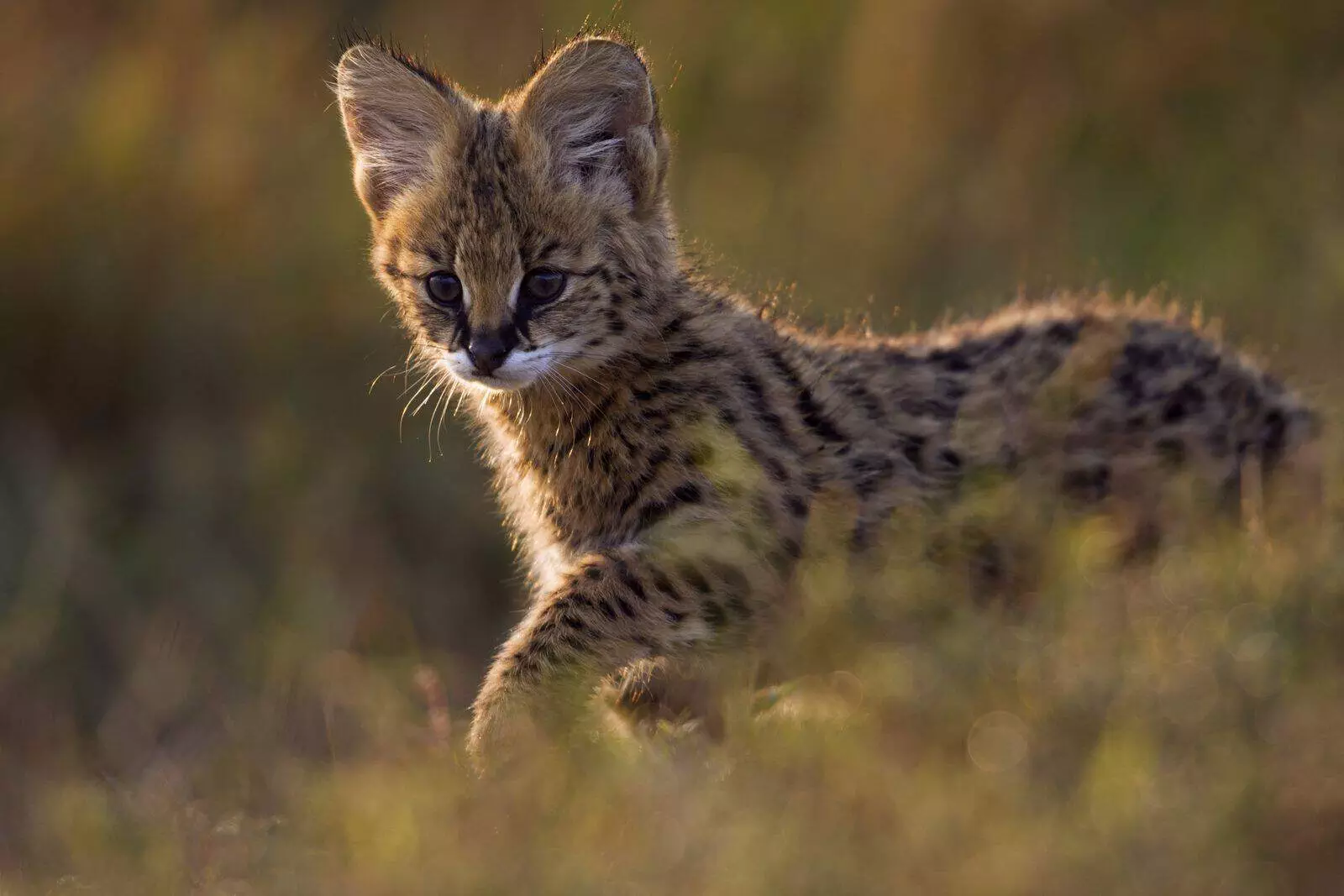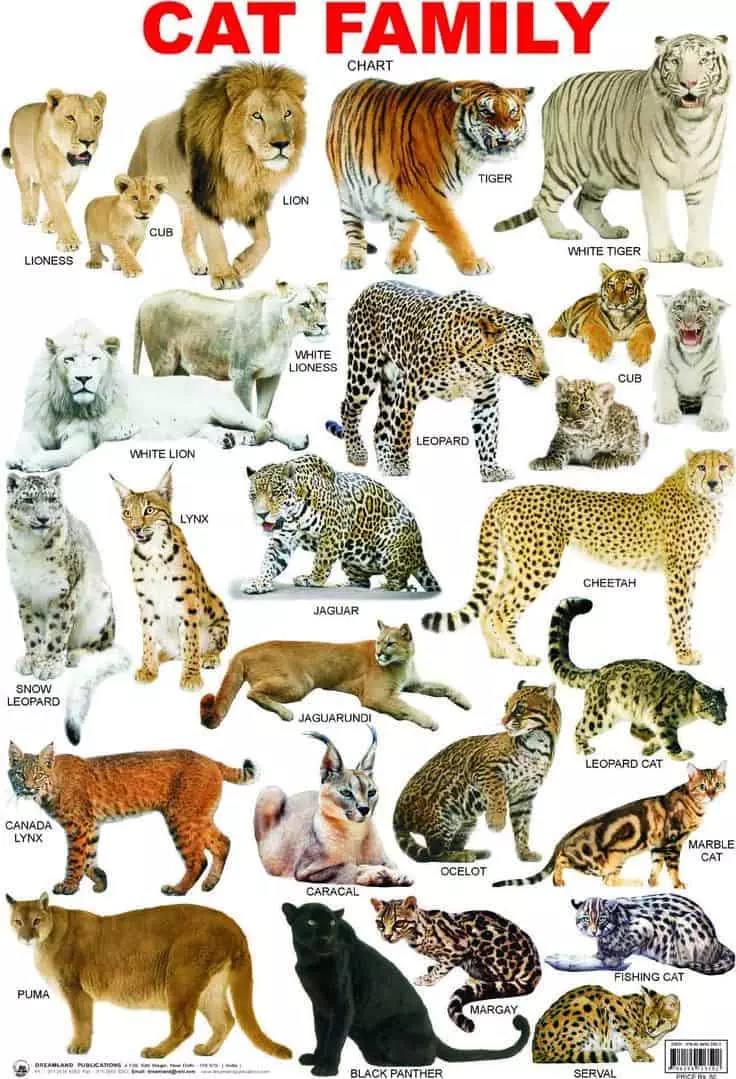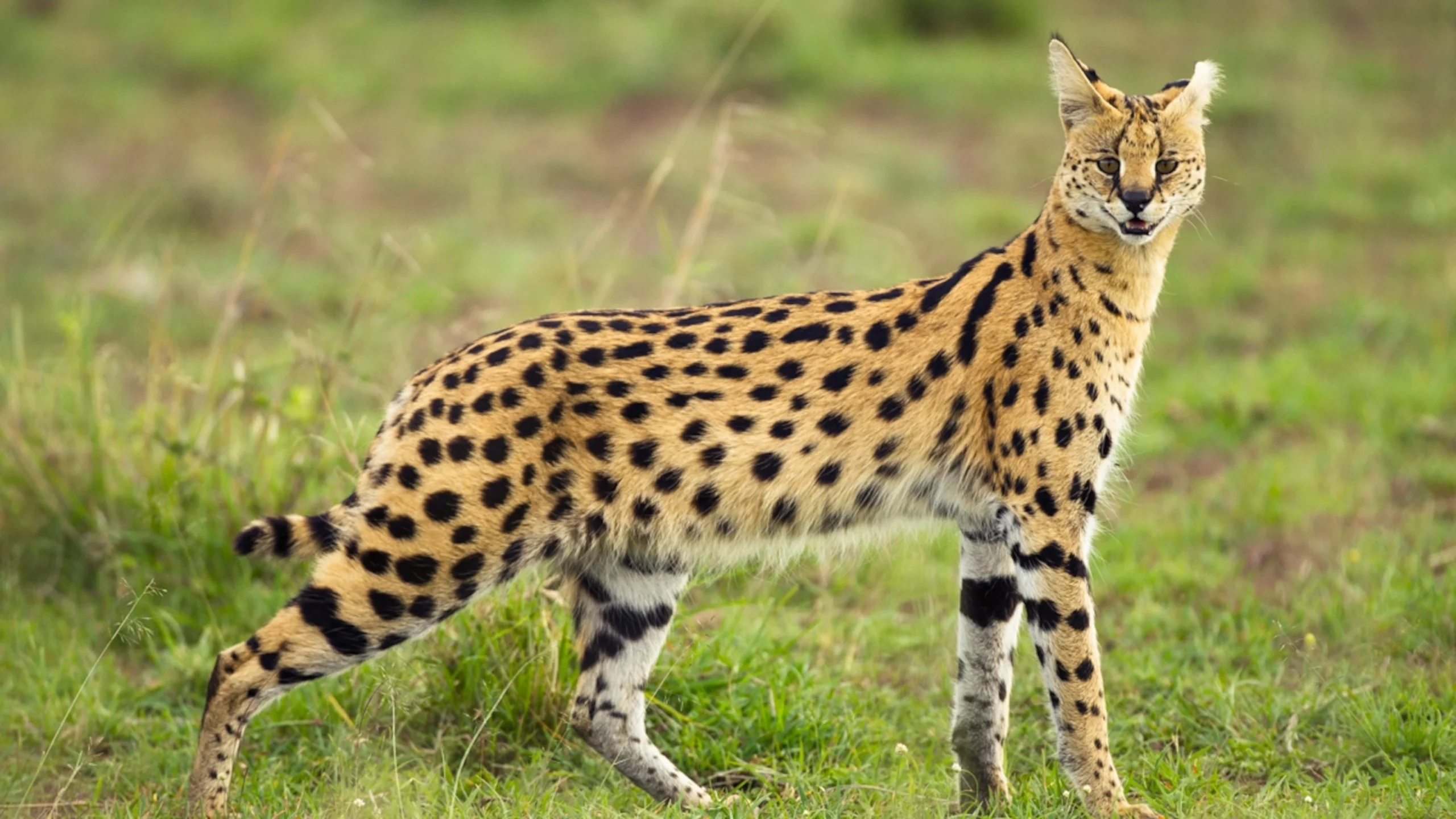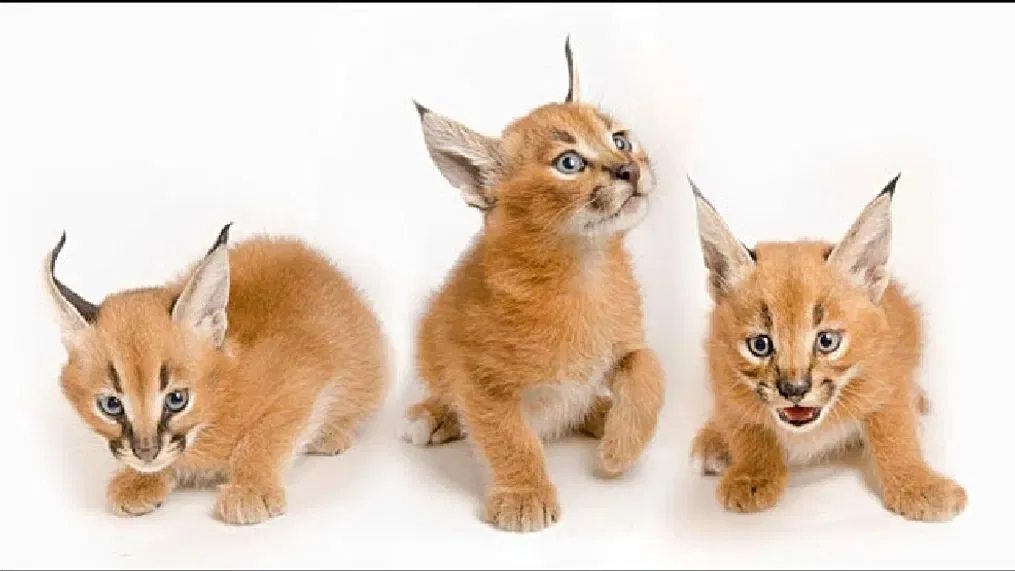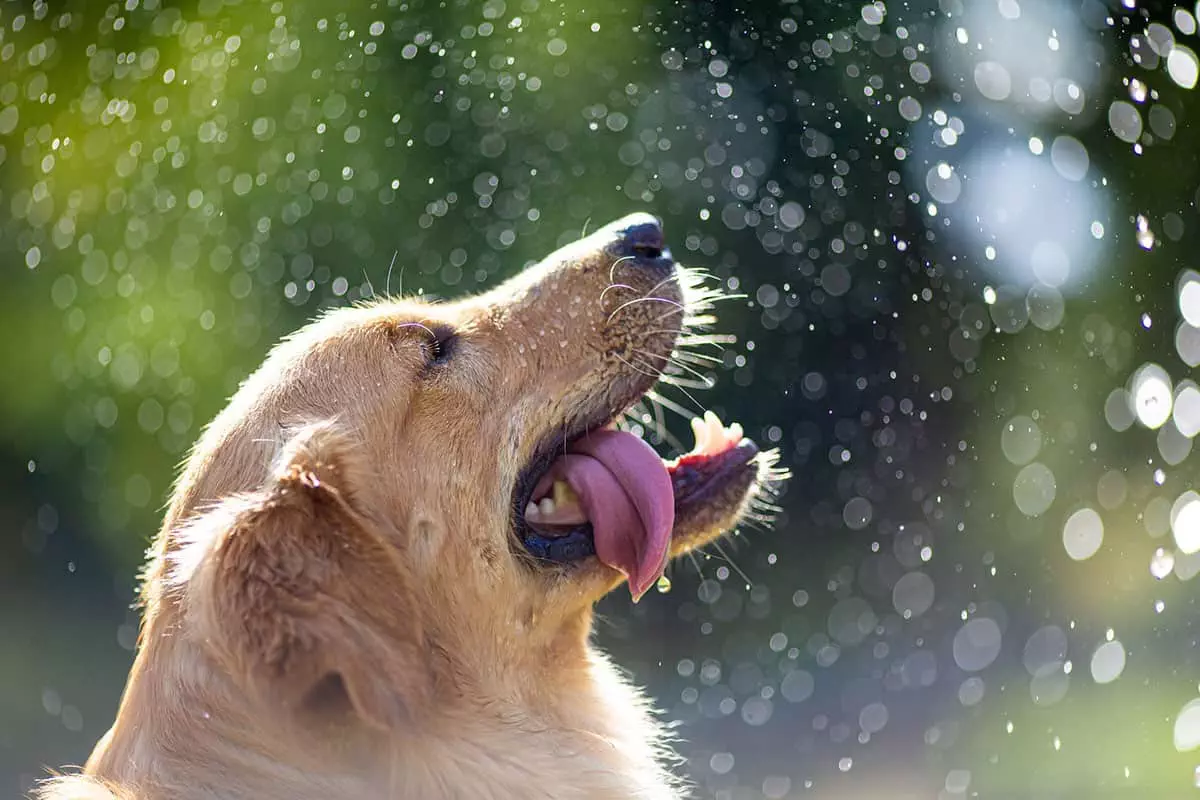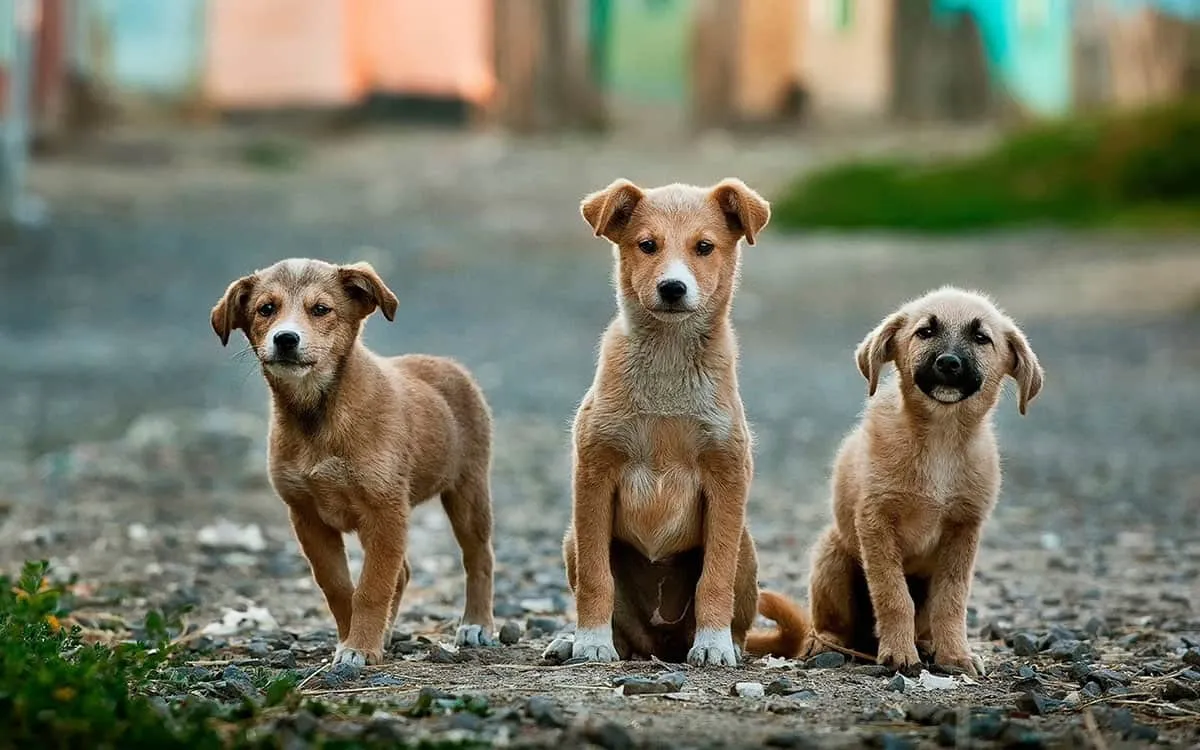Introduction to Wild Cat Breeds
As an avid lover of cats, I have always been fascinated by the diversity and beauty of wild cat breeds. From the sleek and powerful Siberian lynx to the graceful African serval, these magnificent creatures captivate our imagination and remind us of the untamed wilderness that still exists in our world.
Learning about wild cat breeds is not only a way to appreciate their unique characteristics but also an important step towards understanding the delicate balance of ecosystems they inhabit.
The Importance of Wild Cat Conservation
Wild cats play a crucial role in maintaining healthy ecosystems. They are apex predators, meaning they are at the top of their food chain, regulating populations of prey species and preventing overgrazing or overpopulation. Without wild cats, these delicate balances can be disrupted, leading to ecological imbalances that can have far-reaching consequences.
Unfortunately, many wild cat populations are facing numerous threats that put them at risk of extinction. Habitat loss due to deforestation and urbanization is one major threat faced by these majestic creatures. Additionally, illegal hunting for fur trade or trophy hunting poses a significant danger to their survival.
To combat these threats and protect wild cat populations, conservation efforts have been implemented worldwide. These efforts include establishing protected areas where wild cats can thrive without human interference, implementing anti-poaching measures to prevent illegal hunting activities, and raising awareness about the importance of preserving their habitats.
Bengal Cat: A Beautiful Hybrid Wild Cat
One particular breed that has gained popularity among cat enthusiasts is the Bengal cat. Known for its striking appearance reminiscent of its Asian leopard ancestor, this hybrid breed combines domestic traits with those found in its wild counterparts.
Bengal cats possess a distinctive coat pattern characterized by rosettes or spots on a background color ranging from golden brown to pale cream. Their muscular build gives them an athletic appearance while their almond-shaped eyes exude intelligence and curiosity.
The history behind Bengal cat breeding is quite fascinating. It all began in the 1960s when a breeder named Jean Mill crossed an Asian leopard cat with a domestic cat, aiming to create a breed that retained the wild beauty of its ancestor while possessing a friendly and sociable temperament suitable for domestic life.
However, it is essential to emphasize the importance of responsible breeding and ownership when it comes to Bengal cats. While they may possess some wild traits, they are still domesticated animals that require proper care and attention. Irresponsible breeding practices can lead to health issues or behavioral problems in these beautiful creatures.
Scottish Wildcat: A Rare and Endangered Species
In the rugged landscapes of Scotland, another remarkable wild cat species roams – the Scottish wildcat. Often referred to as “Highland tiger,” this elusive feline is one of Britain’s most endangered mammals.
The Scottish wildcat resembles a large tabby cat but possesses distinct physical characteristics that set it apart from its domestic counterparts. With its thick fur coat, bushy tail with black rings, and prominent facial ruff, this majestic creature exudes an air of mystery and resilience.
Sadly, Scottish wildcats face numerous threats that have pushed them towards the brink of extinction. Habitat loss due to deforestation has significantly reduced their available range while interbreeding with feral domestic cats has diluted their genetic purity.
Conservation efforts are crucial for protecting this rare species from disappearing entirely from our world. Organizations such as Scottish Wildcat Action work tirelessly to preserve their habitats through habitat restoration projects and captive breeding programs aimed at increasing their population numbers.
African Serval: A Graceful and Exotic Wild Cat
Venturing into the vast savannas of Africa brings us face-to-face with yet another captivating member of the wild cat family – the African serval. With its slender body covered in golden-spotted fur and long legs built for agility, this graceful creature embodies elegance in motion.
The African serval plays a vital role in African ecosystems as an apex predator, controlling populations of rodents and small mammals. Its keen hunting skills and ability to leap high into the air make it a formidable hunter, capable of catching prey with remarkable precision.
However, the popularity of owning exotic pets has led to an increase in the demand for African servals as pets. It is crucial to emphasize responsible ownership when it comes to these wild cats. They have specific dietary and environmental needs that must be met for their well-being.
Conservation efforts are also essential for protecting African servals in their natural habitats. By preserving their ecosystems and raising awareness about the importance of these magnificent creatures, we can ensure their survival for future generations.
Caracal: A Majestic Wild Cat with Distinctive Ears
One cannot help but be captivated by the majestic beauty of the caracal – a wild cat species known for its distinctive tufted ears. With its muscular build, short reddish-brown coat adorned with black spots or stripes, and those striking ear tufts that resemble elegant plumes, this feline commands attention wherever it roams.
The caracal’s hunting abilities are truly awe-inspiring. Equipped with powerful hind legs capable of propelling them several feet into the air, they can effortlessly catch birds mid-flight or pounce on unsuspecting prey from above. Their agility and speed make them formidable hunters in their natural habitats.
Unfortunately, habitat loss due to human activities such as deforestation poses a significant threat to caracal populations worldwide. Conservation efforts focused on protecting their habitats through land preservation initiatives are crucial for ensuring their survival.
Siberian Lynx: A Stunning and Powerful Wild Cat
In the remote forests of Siberia lies another breathtaking member of the wild cat family – the Siberian lynx. With its thick fur coat designed to withstand harsh winter conditions, powerful build adorned with tufted ears, and piercing eyes that seem to hold the secrets of the wilderness, this feline is a true embodiment of strength and beauty.
The Siberian lynx’s habitat ranges from the taiga forests of Russia to parts of Mongolia and China. These elusive creatures are solitary by nature, preferring vast territories where they can roam freely in search of prey.
Conservation efforts aimed at protecting the Siberian lynx focus on preserving its natural habitats through initiatives such as reforestation projects and establishing protected areas. By safeguarding their ecosystems, we can ensure that these stunning creatures continue to thrive in their native lands.
Wild Cat Behavior and Characteristics
While domestic cats may share some similarities with their wild counterparts, there are distinct behaviors and characteristics that set them apart. Wild cats possess heightened senses honed for survival in their natural habitats. Their acute hearing allows them to detect even the slightest rustle or movement, while their sharp vision enables them to spot prey from great distances.
Wild cats also exhibit territorial behavior as a means of defending their hunting grounds or mating territories. They mark their territory using scent markings or vocalizations, warning other individuals to stay away.
Furthermore, wild cats have adapted specific hunting techniques suited for capturing different types of prey. From stealthy stalking techniques employed by African servals to the impressive leaping abilities displayed by caracals when catching birds mid-flight, each species has developed unique strategies for survival based on its environment and available food sources.
The Role of Wild Cats in Ecosystems
Wild cats play a vital role in maintaining healthy ecosystems by regulating populations of prey species. As apex predators at the top of the food chain, they prevent overgrazing or overpopulation that can disrupt delicate ecological balances.
For example, African servals help control rodent populations in grassland ecosystems by preying on them. This prevents an unchecked increase in rodent numbers that could lead to crop damage or disease transmission among humans and other animals.
Similarly, Scottish wildcats play a crucial role in maintaining the balance of their native ecosystems by controlling populations of small mammals such as rabbits and rodents. Their presence ensures that these prey species do not become overly abundant, which could have detrimental effects on vegetation and other wildlife.
Threats to Wild Cat Populations and Conservation Efforts
Despite their importance in maintaining healthy ecosystems, wild cat populations face numerous threats that put them at risk of extinction. Habitat loss due to deforestation, urbanization, or climate change is one major threat faced by these magnificent creatures. As their natural habitats shrink or become fragmented, they are left with limited resources for survival.
Illegal hunting for fur trade or trophy hunting also poses a significant danger to wild cat populations worldwide. The demand for exotic furs or body parts drives poachers to target these vulnerable species, pushing them further towards the brink of extinction.
To combat these threats and protect wild cat populations from disappearing entirely from our world, conservation efforts have been implemented globally. These efforts include establishing protected areas where wild cats can thrive without human interference, implementing anti-poaching measures to prevent illegal hunting activities, and raising awareness about the importance of preserving their habitats through education campaigns.
Conclusion: Appreciating the Beauty and Importance of Wild Cats
In conclusion, learning about different wild cat breeds allows us to appreciate the beauty and diversity found within this remarkable family of felines. From the Bengal cat’s hybrid charm to the Scottish wildcat’s endangered status in its native land; from the African serval’s gracefulness on African savannas to the caracal’s majestic presence with its distinctive ears; each breed offers a unique glimpse into nature’s wonders.
Understanding the importance of conserving these magnificent creatures is crucial for maintaining healthy ecosystems worldwide. By protecting their habitats and raising awareness about their significance as apex predators in delicate ecological balances, we can ensure that future generations will continue to marvel at their beauty and appreciate the vital role they play in our world.
I encourage everyone to support conservation efforts aimed at protecting wild cat populations and their habitats. Whether through donations, volunteering, or spreading awareness, we can all contribute to preserving these magnificent creatures for generations to come. Let us celebrate the untamed spirit of wild cats and cherish the wonders they bring to our world.
FAQ
What are the top 5 most beautiful wild cat breeds?
The top 5 most beautiful wild cat breeds are the Bengal, Savannah, Serval, Caracal, and Scottish Wildcat.
What is a Bengal cat?
A Bengal cat is a domestic cat breed that is a cross between an Asian leopard cat and a domestic cat. They are known for their distinctive coat patterns and playful personalities.
What is a Savannah cat?
A Savannah cat is a domestic cat breed that is a cross between a serval and a domestic cat. They are known for their tall, slender build and their loyalty to their owners.
What is a Serval cat?
A Serval cat is a wild cat native to Africa. They are known for their distinctive spotted coat and their long legs, which allow them to jump up to 10 feet in the air.
What is a Caracal cat?
A Caracal cat is a wild cat native to Africa and parts of Asia. They are known for their distinctive tufted ears and their ability to jump up to 12 feet in the air.
What is a Scottish Wildcat?
A Scottish Wildcat is a wild cat native to Scotland. They are known for their distinctive striped coat and their elusive nature, as they are rarely seen in the wild.
Originally posted 2023-06-12 09:11:31.

